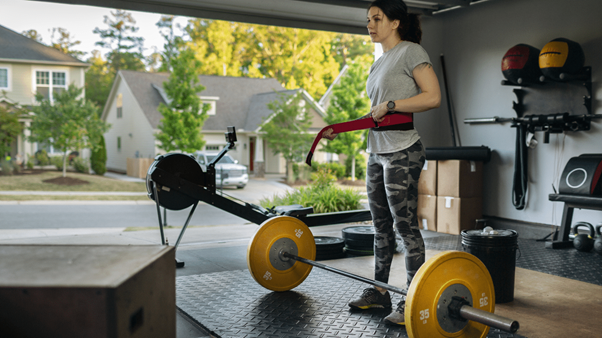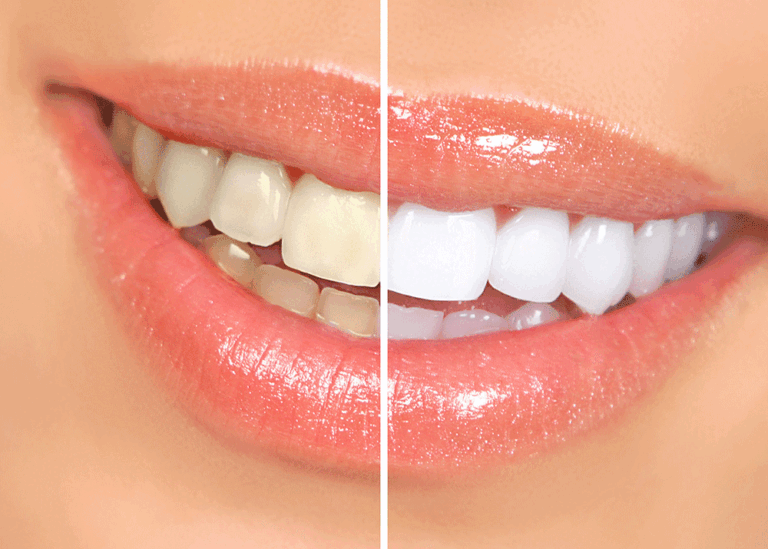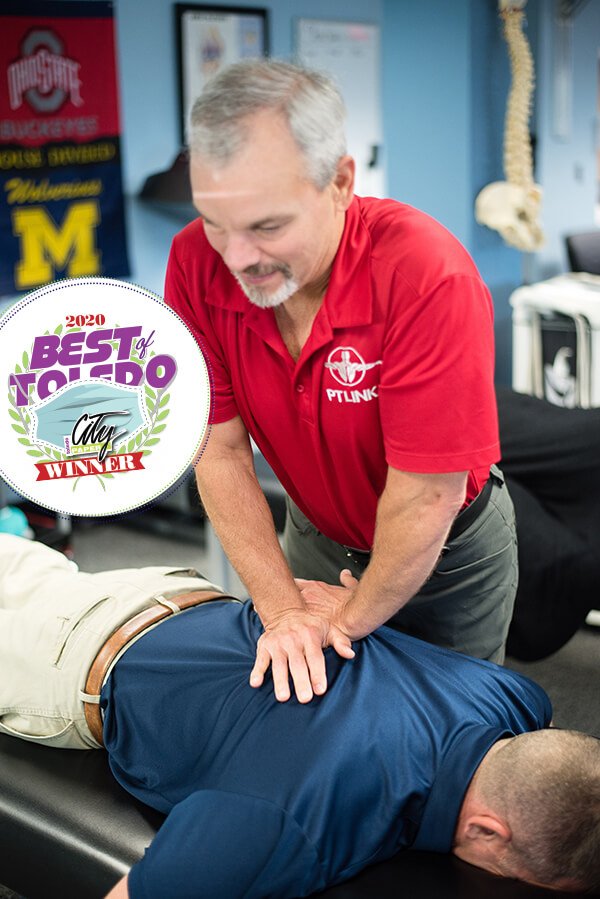Peter A Derow Discusses Strength Training Strategies for Competitive Rowers
Competitive rowers need strength training for muscle groups that contribute to their rowing performance. They, however, must also work the muscle groups that are comparatively less involved in the rowing movement. As Peter A Derow says, competitive rowers need to prioritize increasing their force output, put greater power into each stroke and stabilize the core, while also paying enough attention to the opposing muscle groups. Effectively maintaining balance between muscle groups helps deliver improved overall performance and lowers the risk of injury.
Peter A Derow offers an insight into strength training strategies for competitive rowers
Competitive rowers typically do strength training all year long. They focus on building strength, power and muscle mass in the off-season. The focus shifts to rowing performance in the competitive season. However, ideally, competitive rowers should try their best to simultaneously maintain as much power and strength as they can. Strength exercises for rowers go a long way in maximizing efficiency and improving muscle mass.
Much like athletes in any other type of competitive sport, strength training for rowers goes beyond weightlifting. Boosting strength would mean better endurance and less effort per stroke. As most of the power in rowing comes from the legs, exercises like squats, deadlifts, and lunges are highly beneficial for rowers. These compound movements enhance explosive leg drive, which translates into faster, more powerful strokes.
Rowers would want to be fitter for rowing after their training. They should not simply increase muscle mass with no real plan. For best outcomes, competitive rowers must:
- Time the sessions: It shall be a smart choice to put a bit of a gap between rowing and strength training sessions. One should ideally do them on different days. But if that is not possible, rowers should at least try to have these sessions at opposite ends of the day.
- Stick to two or three weekly sessions: It is not a good idea to overdo the strength training. Being an athlete, competitive rowers need to give themselves ample recovery time. Lack of recovery time can have a negative impact on their overall endurance.
- Keep it simple: Competitive rowers need not go to extremes with complex movements. They should rather focus on the muscle groups they actually want to train. They can stick to one leg or hip hinge, or core exercises and a couple of stretches per session. It is not usually necessary to do more than that.
- Period the training: Competitive rowers need to prioritize specific areas in their training, based on the time of the year. The focus, for instance, should be on muscular balance and body composition about twelve to sixteen weeks prior to the start of the fall season. They need to build a foundation for the new season during this time. When it is six to eight weeks before the competitive season begins, rowers have to focus on making use of their strength training to maximize their speed and power output.
As Peter A Derow mentions, after the main competition season, rowers should try to take a break from structured training to recover both mentally and physically before beginning the cycle anew.







